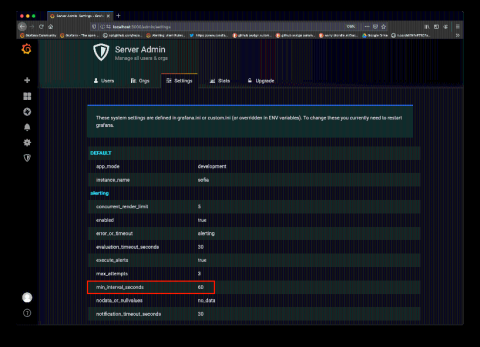Does Your Team Know What Your Code Is Doing Right Now?
Software development teams are much larger than the engineers that write code. Writing and deploying code are often only the tip of the iceberg. A well oiled software team will often consist of: All of these people need to know something about what the software development lifecycle is producing and shipping, but the level of information can vary dramatically based on a team member's position. Sleuth was built to automatically generate information to satisfy each team member's needs.










